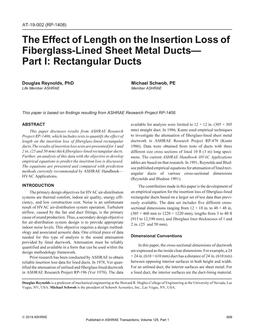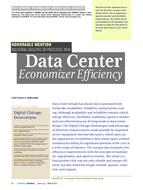Click here to purchase
As environmental concerns and accompanying regulations grow around the world, the Heating, Ventilation, Air Conditioning, and Refrigeration(HVAC&R) industry is working to develop technologies that utilize low-global warming potential (GWP) refrigerants and remain within competitivecoefficient of performance (COP) values of previous hydrofluorocarbon (HFC) systems. Carbon Dioxide (CO2) has been investigated extensively in the past25 years as a potential substitute for HFCs in refrigeration application in mild ambient climates. In efforts to increase the efficiency of CO2 systems,researchers and industry have identified cycle modifications that are particularly beneficial in transcritical CO2 cycle application, such as expansion workrecovery and economization. This paper presents an overview of the design and operation of a multi-stage transcritical CO2 cycle with two independentlycontrolledevaporators. The cycle utilizes three stages of compression with intercooling between the second and third stages, as well as flash tank economizationat each evaporator, including evaporator bypass lines for vapor from the flash tank. Furthermore, the cycle was designed to allow transition between methodsof expansion work recovery without the need to stop the compressors. The cycle can switch between electronic expansion valve (EXV) mode, ejector mode,and a turbomachine expander mode with the actuation of several ball valves mid-operation. The purpose of this work is to describe the theory and rationalebehind system design, discuss how the test stand will be controlled, and provide instruction on the transition between expansion methods without shuttingdown the compressors.
Citation: 2020 Winter Conference, Orlando, FL Conference Papers
Product Details
- Published:
- 2020
- Number of Pages:
- 10
- Units of Measure:
- Dual
- File Size:
- 1 file , 1.7 MB
- Product Code(s):
- D-OR-20-C019


